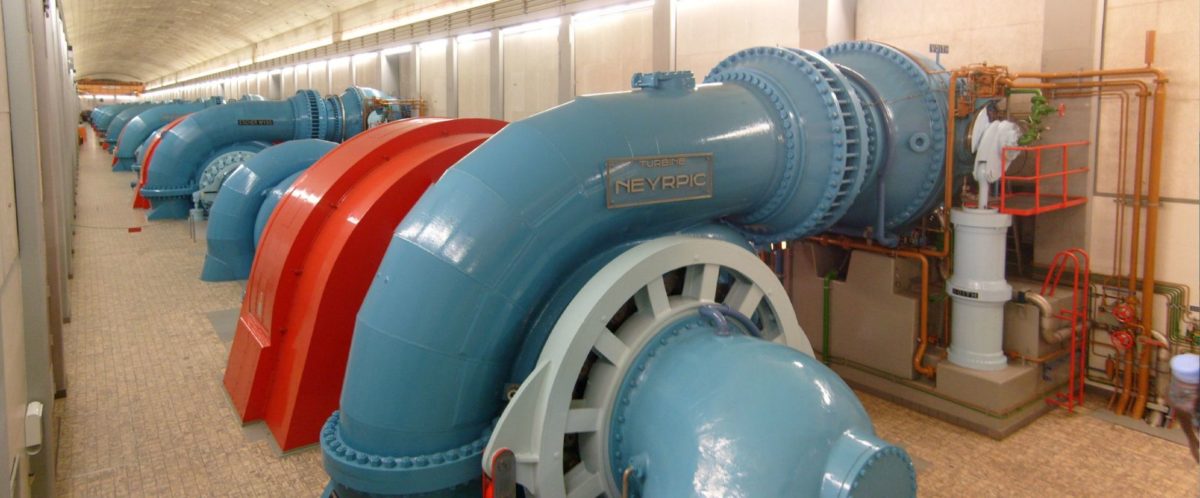From pv magazine India
India’s Ministry of Power has prepared draft guidelines to promote the development of pumped storage projects (PSP) across the country.
India plans to reduce the emission intensity of its gross domestic product by 45% by 2030, to achieve net-zero carbon emissions by 2070.
Given the rising integration of wind and solar power into the grid, PSPs are of paramount importance in providing greater inertia and balancing power to the grid. They can store a large amount of energy and provide frequent starts/stops and faster ramp-ups/ramp-downs.
The Central Electricity Authority's draft National Electricity Plan (NEP) indicates that 18.8 GW of PSPs and 51.5 GW of battery energy storage systems (BESS) are needed to integrate planned renewables capacity addition up to 2032. The PSP capacity requirement could further increase if the cost of BESS does not come down as expected.
The PSP guidelines cover the allotment of project sites, charges to be paid by developers, the monetization of ancillary services, the use of exhausted mines to develop PSPs, environmental clearances for off-river PSPs, and green finance.
To continue reading, please visit our pv magazine India website.
This content is protected by copyright and may not be reused. If you want to cooperate with us and would like to reuse some of our content, please contact: editors@pv-magazine.com.




By submitting this form you agree to pv magazine using your data for the purposes of publishing your comment.
Your personal data will only be disclosed or otherwise transmitted to third parties for the purposes of spam filtering or if this is necessary for technical maintenance of the website. Any other transfer to third parties will not take place unless this is justified on the basis of applicable data protection regulations or if pv magazine is legally obliged to do so.
You may revoke this consent at any time with effect for the future, in which case your personal data will be deleted immediately. Otherwise, your data will be deleted if pv magazine has processed your request or the purpose of data storage is fulfilled.
Further information on data privacy can be found in our Data Protection Policy.